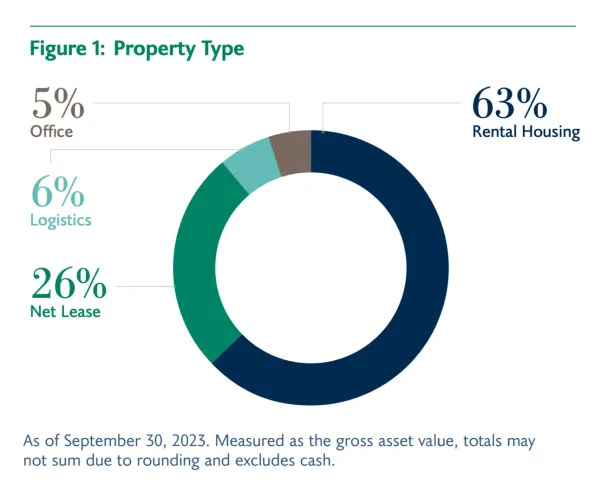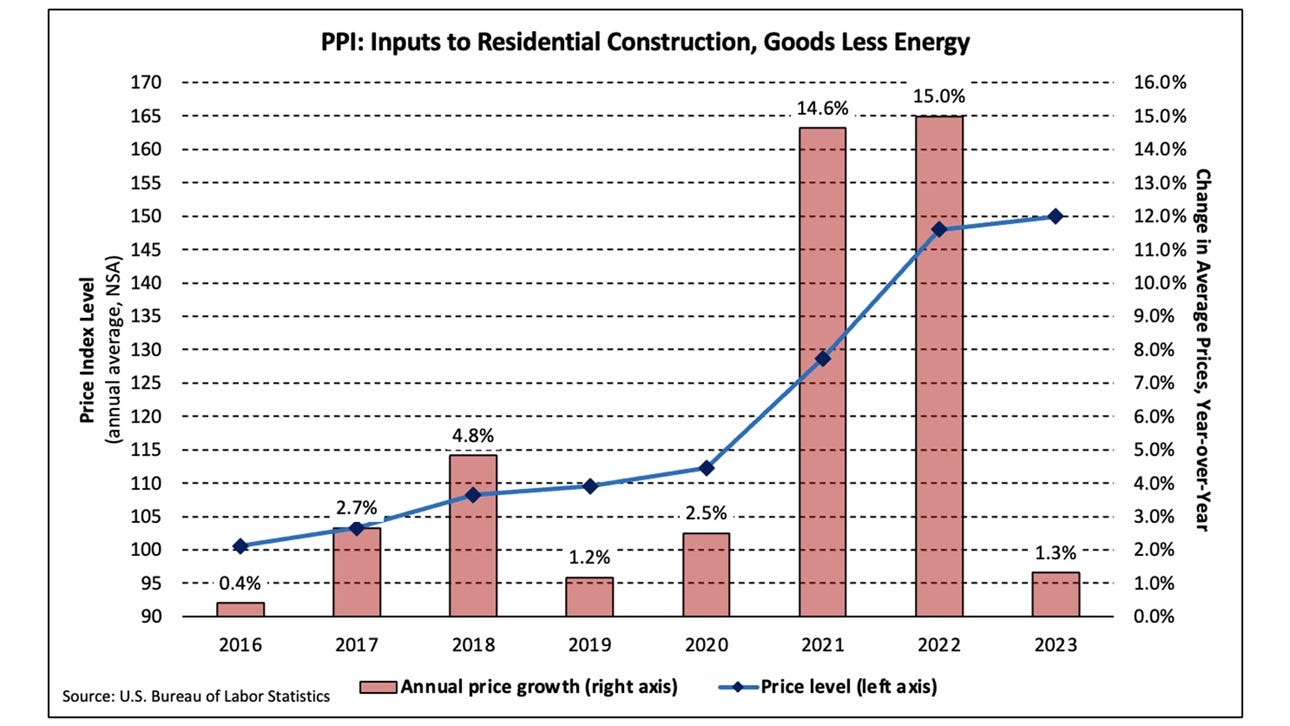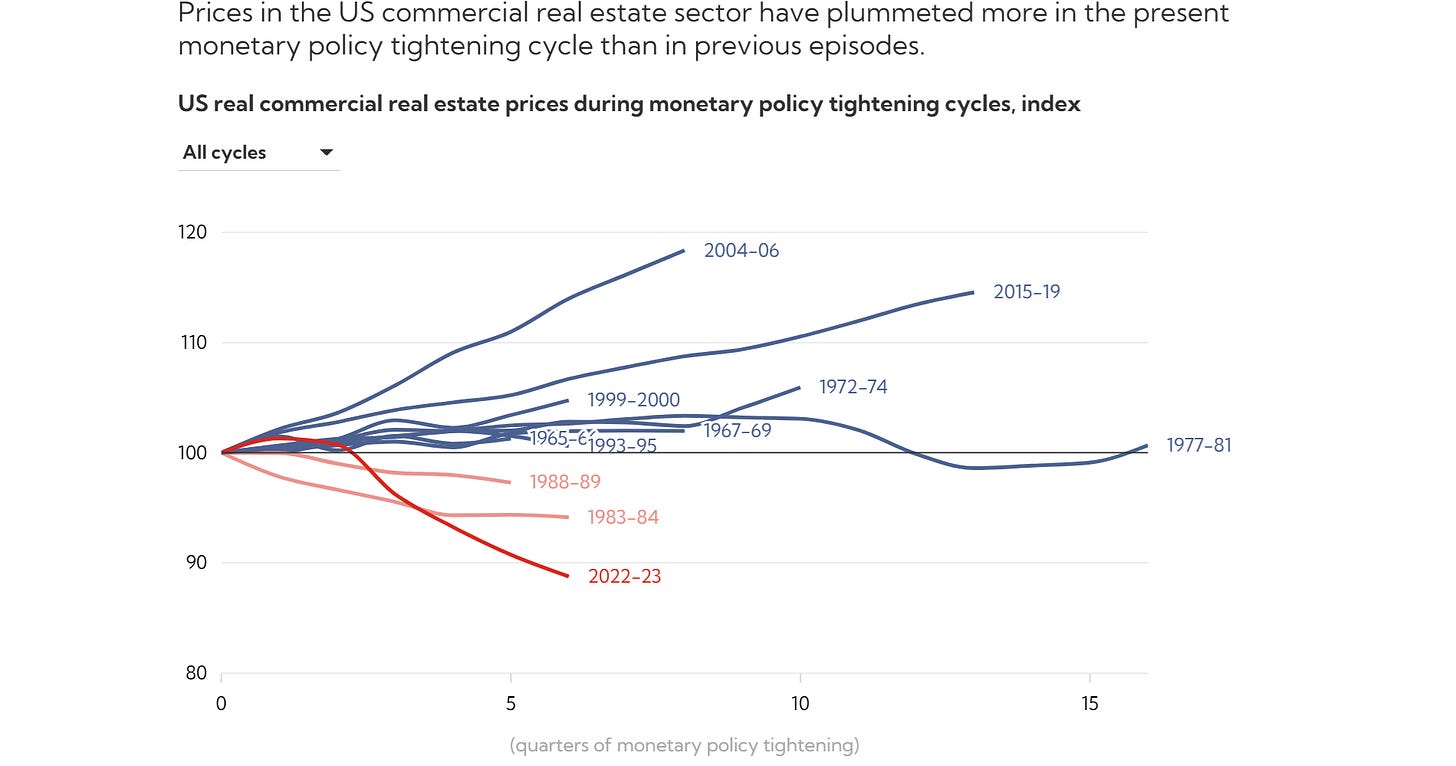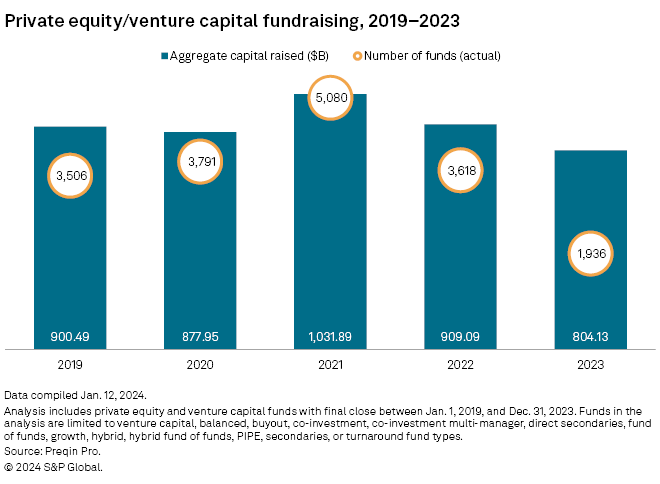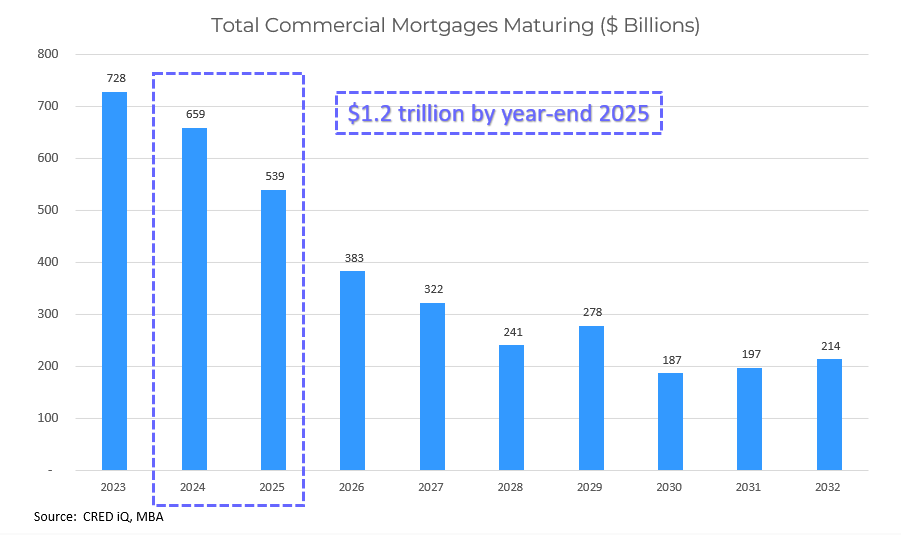Chatbots closing commercial real estate deals?
Plus, a look at why Blackstone and Brookfield had a no good, terrible week and why retail and senior living facilities are emerging as top picks for investors.
As the result of ongoing ice storms in the Pacific Northwest, we missed yesterday’s issue. Our Apologies.
On the plus side, we’ve got a lot of great stories to share today. We also added a new “CRE Finance” section for links that don’t fit in our other categories.
So, stay tuned and get ready for the real estate link list ride of your life.
INVESTMENT GIANTS STRUGGLE AMID RISING INTEREST RATES
In a year marked by tumultuous CRE financial conditions, Blackstone and Brookfield Real Estate Income Trusts have felt the sting of rising interest rates, with both funds recording their worst annual performances to date.
Above: Blackstone Group Share Price Performance 1/17/2024
📉 REIT Retreat: The Blackstone Real Estate Income Trust (BREIT), catering to affluent investors, ended 2023 with a 0.5% loss, a significant deviation from its average annual increase of 10.6% since inception in 2017. Similarly, Brookfield's REIT closed the year down by 6.7%, marking its first annual loss since commencing operations in 2019.
🏦 Interest Impact: Spiraling borrowing costs have forced investors to reassess property acquisitions and refinancing strategies, directly impacting the income-focused orientation of these REITs. The aggressive pace of interest rate hikes throughout the early part of last year has been cited as a primary factor contributing to these lackluster results.
🔐 Redemption Requests: Blackstone REIT has notably faced a wave of shareholder redemption requests over the past year. However, there appears to be a silver lining as these requests have declined significantly—down 41% in December from November and 80% from their peak in January 2023.
💹 Positive Property Performance: Despite overall losses, Blackstone insists that its real estate holdings have actually yielded positive returns throughout the year. The firm also suggests that sustained lower interest rates could ultimately bolster real estate values moving forward.
⚙️ Sector Strategy: Blackstone's investment strategy leans heavily into sectors experiencing robust rent growth within burgeoning Sun Belt markets—comprising over half of their portfolio—with notable stakes in data centers and student housing.
🔍 Portfolio Positioning: Both trusts are adjusting their portfolios amidst changing market conditions. Blackstone has reduced exposure to office properties and capitalized on opportunities such as purchasing Signature Bank’s senior mortgage loan portfolio at a discount. Meanwhile, Brookfield's assets are largely concentrated in rental housing and net-lease properties.
Brookfield Assets as of 9/23/2023
👁️ On The Horizon: With rate hikes potentially slowing down, Brookfield is optimistic about future performance being driven by strong operational outcomes rather than negative valuation metrics.
💼 Metro Movements: As investors navigate this challenging landscape, attention will inevitably turn toward fast-growing markets where declining new supply may lead to increased pricing power—an opportunity for those poised to capitalize on strategic investments during recovery phases.
Links of the Day
🧑🏫️Our Picks
2024 in View: ⏩ Kiplinger reports a flood of new apartments keeps occupancy high but rent growth modest at an average of 1.2% this year.
Property Picks: 🛒 Necessity retail and senior living facilities emerge as top picks for CRE investors seeking resilient returns in a shifting market landscape.
Debt Drama: 🏢 With over $1 trillion in commercial loans maturing soon, Oaktree's new co-CEOs identify significant risks and potential for capital infusion in the real estate sector.
Inn Inertia: 🚧 Bay Area's once-thriving hotel industry hits a construction wall; the latest figures show a steep decline in both projects and room completions.
Chatbots Closing Deals: 🤖 Meet commercial real estate's new player—AI. Brokers are shaking up the market by enlisting chatbots to engage hundreds of buyers, sparking interest from top executives and setting properties under contract in record time.
Commercial Climb Predicted: 📊 Industry survey forecasts a rebound for beleaguered commercial sectors, eyeing a significant sentiment index rise within 12 months.
🏭Industrial
Denver's Industrial Rebound: 🚀 Surging forward with major projects, the city bids farewell to high vacancy rates and welcomes a bustling era of e-commerce and distribution center leases.
👪 Multifamily
Multifamily Market Muddle: 🏘️ Fifth straight month sees rent reductions, with a $4 drop in December. Despite the dip, Yardi suggests underlying strength in the market.
🏷 Retail
Shopping for Growth: 📈 With ongoing office market distress, investors and lenders see retail real estate as the new darling, offering solid returns and a promising future according to JLL insights.
💼 Office
Property Powerhouse Partnership: 🏢 CBRE takes on massive 65 MSF office management for Brookfield Properties, promising operational upgrades and focus on investor value.
Skyline Shift: 🗽🛠️ New York's skyline is set for a makeover as 46 commercial structures gear up for conversion into vibrant apartments, reshaping Midtown's fabric.
💲CRE Finance
Real Estate Reimagined: 🔍 BofA CEO discusses the gradual but impactful move away from traditional office spaces in favor of flexibility and savings.
CRE Credit Crunch: 💳 The ticking time bomb of $2.2 trillion in maturing debt threatens the commercial real estate market with higher refinancing costs.
🛍Grab Bag
Healthcare Haven: 🏥 Resilient real estate sector shines as JLL report highlights healthcare's innovative future with AI and consumer-focused care leading the charge in 2024 trends.
Executive Exodus: 🚪 With 'Peak 65' hitting, CRE sees an imminent wave of CEO departures—challenges and opportunities loom as firms deal with generational succession.
🌱 Greening the Game: U.S. real estate sector gears up for low-carbon future with Building Performance Standards (BPS) driving decarbonization and financial incentives. CBRE highlights paths to compliance.
China's Real Estate Rush: 🏙️ Bargain hunters swoop in as China's commercial property prices drop, signaling a buyer's market with prime office values plunging by 30%. Investment opportunities surge amid economic turbulence and oversupply.
Construction Cost Cool-Down: 🏗️ Building materials price surge slows, with the 2023 growth plummeting to just 1.3% from 15% in the previous year.
📊Daily Data Visualization
Risk overshadows US property market stability
The commercial real estate (CRE) market in the U.S. has experienced a significant downturn, with prices falling by 11% since March 2022. This decline has wiped out the gains of the previous two years and is one of the steepest in over 50 years. The data suggests that the current monetary policy tightening cycle has had a more pronounced negative impact on CRE prices compared to past cycles.
The Federal Reserve's rate hikes have directly influenced the increase in borrowing costs, which in turn has made investing in commercial properties more expensive.
Additionally, these rate hikes are slowing economic activity and consequently reducing the demand for commercial properties. This trend diverges from past cycles, where property prices remained relatively stable or suffered milder losses during the initial periods of tightening.
Financing and Liquidity Challenges
The rapid pace of monetary policy tightening has led to increased mortgage rates and spreads on commercial mortgage-backed securities. This situation has slowed down private equity fundraising, a previously robust financing source for the CRE sector.
Tighter lending standards have further constricted funding availability, with a significant number of banks reporting stricter criteria for commercial construction and land development loans.
Pandemic-Induced Changes
The pandemic has accelerated trends like teleworking and e-commerce, reducing the demand for office and retail spaces. As a result, vacancy rates have increased, prices in these segments have slumped, and delinquency rates on loans for these properties have risen.
Debt Refinancing Risk
The CRE sector faces a considerable debt refinancing challenge, with an estimated $1.2 trillion of debt maturing in the next two years. Loans to the office and retail segments, which are the most affected by current trends, constitute about 25% of this debt.
Outlook and Risk Management
Despite the possibility of interest rate cuts by the Fed, the outlook for the CRE sector remains uncertain. Financial intermediaries and investors heavily exposed to CRE are facing increased asset quality risks. Smaller and regional banks are particularly at risk due to their higher exposure compared to larger banks. The sector's instability poses significant threats not just to the U.S. but also to other regions, including Europe.







